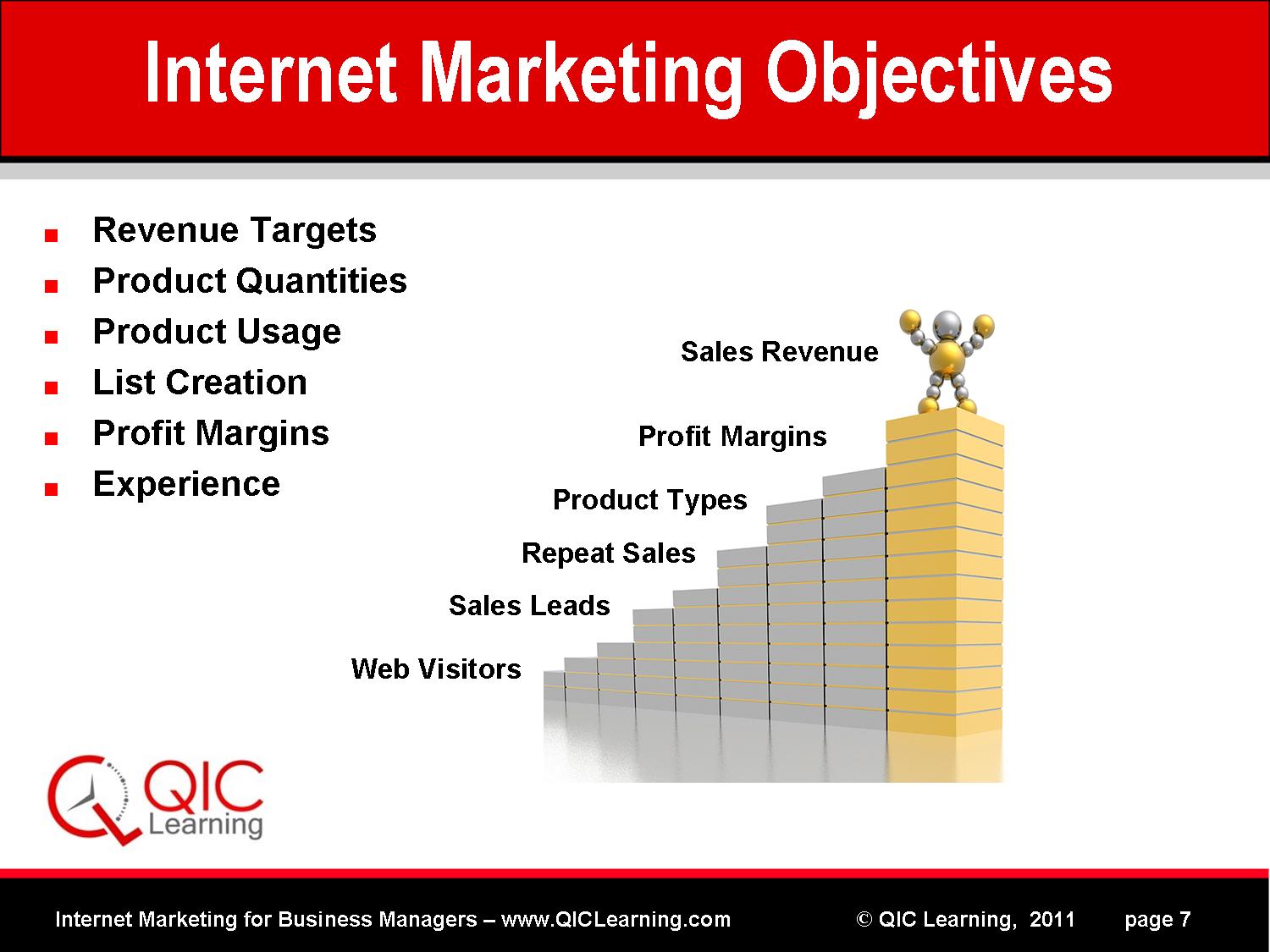
Measuring Internet Marketing Programs
Measuring Internet Marketing Programs: Measuring the success of Internet marketing programs involves tracking the actions web visitors take and converting these actions into values that can be used to determine and compare performance.
Some of the common measurements include the number of page hits, page views, ad impressions, click through rates and conversion rates of visitors to web sites.
Measuring Internet Marketing Programs
Page Hits
Page hits are the number of request to retrieve files that is received by web host over a period of time. Because each web page may contain multiple media files (images, audio clips).
Each request may be counted as a page hit, resulting in a much higher number of hits then web page visitors.
Page Views
Page views are the number of times a web page has been requested and displayed. A page impression is a single access of a web page, which includes all of its reference media items (pictures, audio files).
Unique Visitors
A unique visitor is web page access by a user that has not visited the web site before.
A unique visitor may be identified by their IP address that has not been used before or by unique data (e.g. cookies) that is stored on their computer.
The number of unique visitors removes the duplicate count for a visitor who revisits or reloads a web page.
Ad Impressions
Ad impressions are the number of times an advertising message or image has been viewed. Ad impressions indicate how many times an ad is provided to a web browser, not how many times it has been viewed on the display.
Ad impression may not be accurate as a result of various factors that include ads that appear outside the display window (e.g. placed at the end of the web page) or for web pages that load slowly where the user changes web pages before the ad has time to appear.
READ MORE: Internet Marketing Domains – Email Forwarding
Click Through Rate (CTR)
Click through rate is the ratio (usually in percentage form) of how many clicks a link received from visitors compared to the number of times the link is displayed.
An example of click through rate is a link that is clicked 5 times out of 100 display to visitors is 5%.
Conversion Rates
Conversion rates are a measure of the people who connect to a web page and perform an action (such as purchase a product) via that web site.
A high conversion rates percentage usually indicates how much more valuable a web site is to its visitors.
Visitor Tracking
Visitor tracking is the process of assigning a unique identifier (a visitor ID code) to a person who visits a web page that can be used to identify additional pages they visit on the web sites.
Marketing people want to know where visitors come from (referral site), where they enter, what they look at, how long they stay and where they leave (exit) the web site.
Click Trails
A click trail is the sequence of link selections that specific visitors make between entering and leaving a web site. When a visitor enters into a web site, a connection is made between the visitor’s computer and the web site host computer.
This creates a new unique session ID and the session ID remains the same while the user is still connected to the web site.
This means that any information that the visitor selects when they navigate through the web site (such as items in a shopping cart) can be temporarily stored and associated with the Session ID.
When the visitor leaves the web site (or their session ID time period expires), the session ID ends.
If you have any question regarding measuring internet marketing programs let us know in the comment section or ask your Question Here



